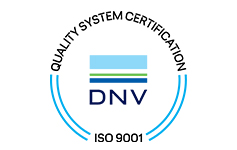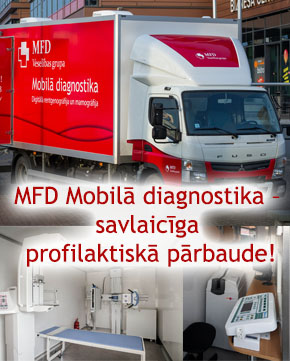Angiography
Computed tomography angiography (CTA) is a computed tomography technique used to visualize arterial and venous vessels throughout the body. This ranges from arteries serving the brain to those bringing blood to the lungs, kidneys, arms and legs.
CTA is commonly used to:
- Examine the pulmonary arteries in the lungs to rule out pulmonary embolism, a serious but treatable condition. This is called a CTPA.
- Visualize blood flow in the renal arteries (those supplying the kidneys) in patients with high blood pressure and those suspected of having kidney disorders. Narrowing (stenosis) of a renal artery is a cause of high blood pressure (hypertension) in some patients and can be corrected. A special computerized method of viewing the images makes renal CT angiography a very accurate examination. Also done in prospective kidney donors.
- Identify aneurysms in the aorta or in other major blood vessels. Aneurysms are diseased areas of a weakened blood vessel wall that bulges out—like a bulge in a tire. Aneurysms are life-threatening because they can rupture.
- Identify dissection in the aorta or its major branches. Dissection means that the layers of the artery wall peel away from each other—like the layers of an onion. Dissection can cause pain and can be life-threatening.
- Identify a small aneurysm or arteriovenous malformation inside the brain that can be life-threatening.
- Detect atherosclerotic disease that has narrowed the arteries to the legs.
- Detect thrombosis (clots) in veins, for example large veins in the pelvis and legs. Such clots can travel to the lungs and result in pulmonary embolism.
CTA is also used to detect narrowing or obstruction of arteries in the pelvis and in the carotid arteries,which bring blood from the heart to the brain. When a stent has been placed to restore blood flow in a diseased artery, CTA will show whether it is serving its purpose. Examining arteries in the brain may help reach a correct diagnosis in patients who complain of headaches, dizziness, ringing in the ears or fainting. Injured patients may benefit from CTA if there is a possibility that one or more arteries have been damaged. In patients with a tumor, it may be helpful for the surgeon to know the details of arteries feeding the growth.
MFD Outpatient hospital "Dziedniecība"
MFD Outpatient hospital "Iļģuciems" and
MFD Outpatient hospital "Pārdaugava"
Radiologist – Vladislavs Kopitkovs












